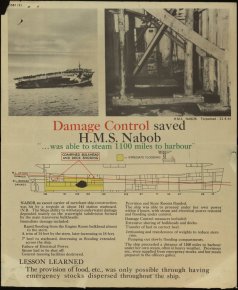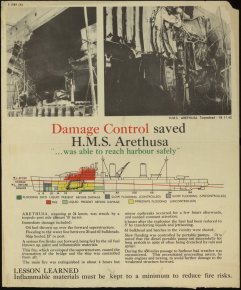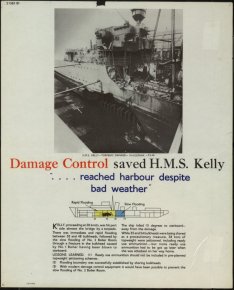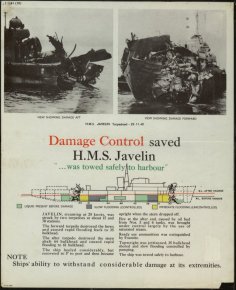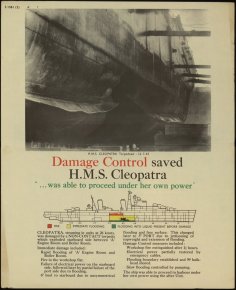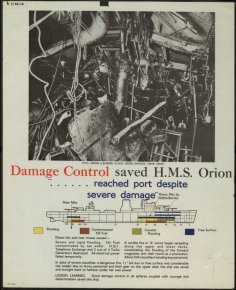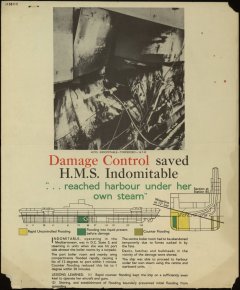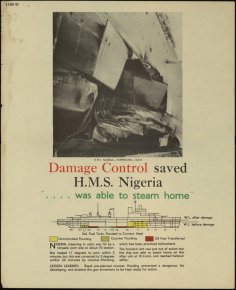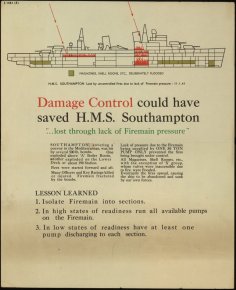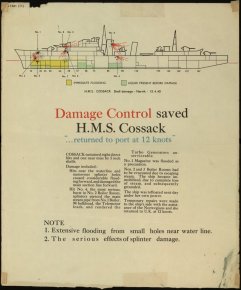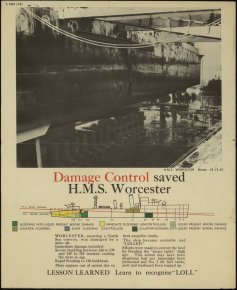There is a lot going on in the sector. I don't think anyone is worried about lack of political announcements, there seems to be bipartisan support for defence currently, maybe some different ideas on how, and everyone wants things ASAP.
There are a lot of ADF personnel going on visits, and a lot of visitors coming to Australia.
Navy chief Sakai seeks deeper collaboration with nuclear-powered fleet

asia.nikkei.com
The Japanese are very excited about AUKUS, and the SSN operating from Australia. As an alliance partner, Japan is seeing Australia as perhaps equally important as the US. For Japan the question is how do they keep the US engaged in their region, and ultimately they can see Australia playing perhaps a critical role in Asia. Australia's capabilities while small, are high end. And they can see perhaps no country has the relationship AU-US have. Japan is an important trading partner for Australia, and Australia is ultra important for Japan. Australia is a food, energy supplier that is unlikely to be pressured by China (where as much of Asia, even if they wanted to help, is likely to have unsecure sealines).
Korea is also very interested in Australia, but even they recognize that Japan has gone after Australia with tremendous unexpected fury. To the level they are now trying to re-assess they current state of play, because the Japanese seem to be acting very proactively, like they are depending on it and know stuff. The Koreans are also a bit confused with the signaling coming out of the US regarding them as alliance partners and the Austal and US shipyard things. Korea is also pretty involved in Europe now, with deals in Poland and Turkey, and some deals with the US which then go to Europe.
So just because the Prime minister isn't giving daily briefings, doesn't mean nothing is happening. There is a lot of behind the curtain stuff going on. Uniform to uniform, industry to industry, government to government. Both Japan and Korea are pretty understated about what they are doing as well, bit of a cultural thing there. If it was Spain, or France, we would be getting blasted with endless PR on it.
There is a lot of mixing of uniforms currently. It seems to be some sort of assessment as to if Australians and Japanese can get along culturally, socially, professionally, etc. Earlier in this thread, there were some questions about why Army would be flown out to look at a Japanese ship in Japan. I think the bit we all missed was it wasn't about looking at the ship, it was about looking at personnel from the Army.
Of course it sounds like they are. Australia saved both America and Japanese personel from Aliens back in 2012..

